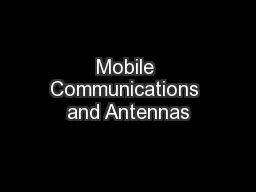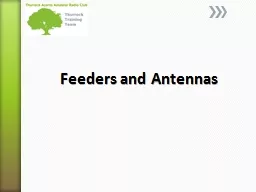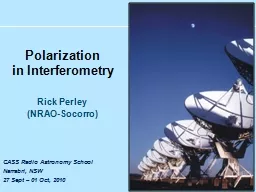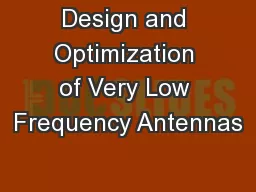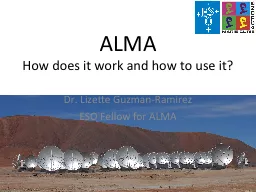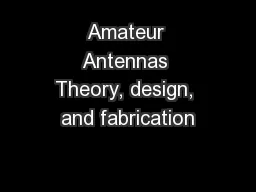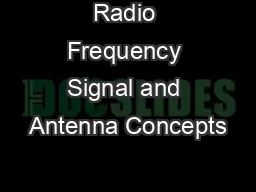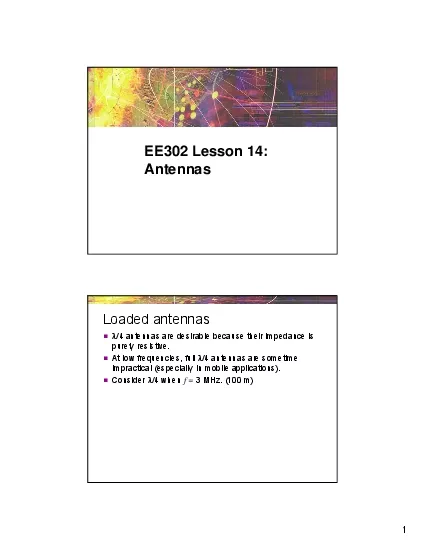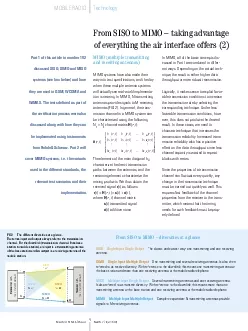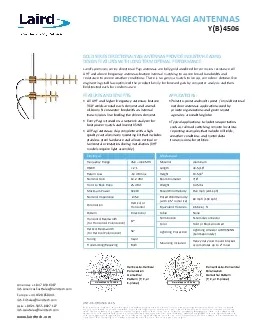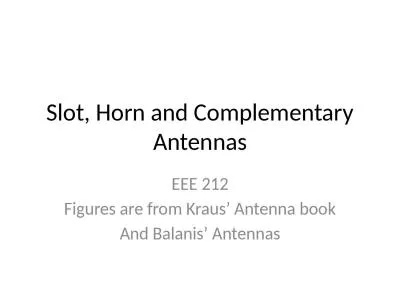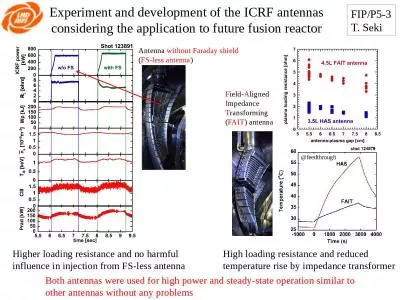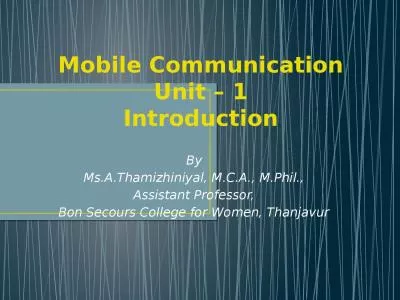PPT-Mobile Communications and Antennas
Author : debby-jeon | Published Date : 2015-10-18
Describing and comparing antennas through radiation patterns with home construction techniques CS 556 Mobile Communications Fall 2008 Timothy John Adams Introduction
Presentation Embed Code
Download Presentation
Download Presentation The PPT/PDF document "Mobile Communications and Antennas" is the property of its rightful owner. Permission is granted to download and print the materials on this website for personal, non-commercial use only, and to display it on your personal computer provided you do not modify the materials and that you retain all copyright notices contained in the materials. By downloading content from our website, you accept the terms of this agreement.
Mobile Communications and Antennas: Transcript
Download Rules Of Document
"Mobile Communications and Antennas"The content belongs to its owner. You may download and print it for personal use, without modification, and keep all copyright notices. By downloading, you agree to these terms.
Related Documents

